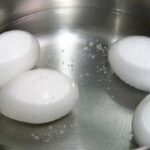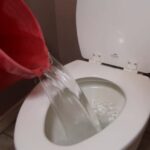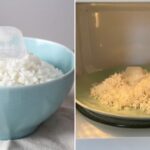Should You Use Hot or Cold Water to Unclog a Toilet?
Should you flush a clogged toilet with hot or cold water?
When it comes to unclogging a toilet, many people suggest using boiling water. But is this method effective? According to experts, hot water can help break down waste and paper, making it easier to clear the blockage.
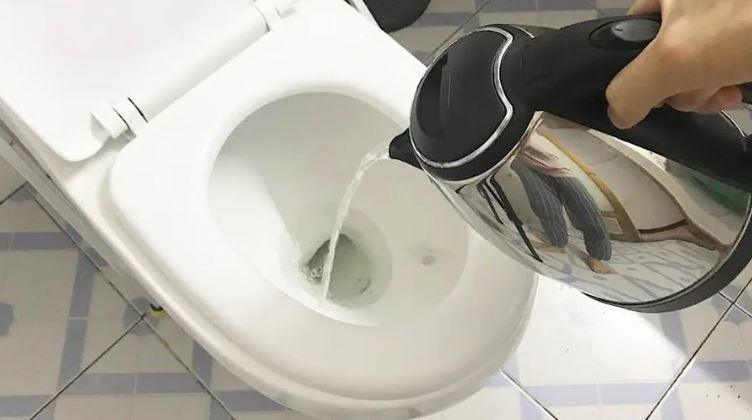
However, it’s important not to use water that’s too hot as it can damage the toilet bowl’s enamel. Additionally, you can add a cup of dish soap to the toilet before pouring in the hot water. Alternatively, you can use a mixture of white vinegar and baking soda instead of dish soap.
Let it sit for about 5-10 minutes. The hot water and dish soap will help break down the waste and toilet paper, dislodging the blockage. Then, flush the toilet to clear away the debris. For more severe blockages, repeat this process.
Other methods to unclog a toilet
– Using a plastic bottle
Cut a plastic bottle in half and keep the top part with the cap. Puncture a hole in the center of the cap using a pair of scissors, and insert a wooden stick through it. Secure the stick in place with candle wax.
Next, attach another wooden stick to the first one using tape. This setup will serve as a makeshift plunger to unclog the toilet.
Simply direct the open end of the bottle into the toilet’s drain and pull vigorously. The water and air pressure created by this action will dislodge the blockage. With a few more pulls, the obstruction should be forced down, unclogging the toilet.
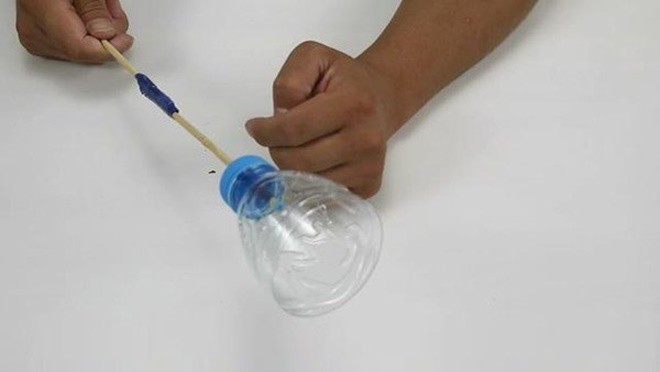
– Using plastic wrap
For this method, take a sheet of plastic wrap and tightly cover the toilet bowl, ensuring multiple layers of wrap. Then, flush the toilet and press down on the plastic wrap with your hand.
The pressure created should be enough to push the blockage through. If the hand pressure isn’t sufficient, check that the plastic wrap is properly sealed around the rim of the toilet bowl. If not, add more layers of plastic wrap and flush again.
As an alternative to plastic wrap, you can use wide tape. The process is similar to using plastic wrap.
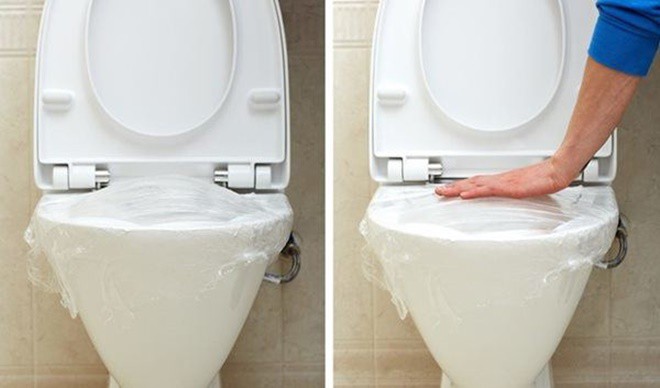
9 Egg-cellent Tips to Avoid Cracked, Rubbery, and Hard-to-Peel Boiled Eggs
The art of boiling an egg may seem simple, but achieving that perfect soft, fragrant, and easily peelable egg is a challenge for many. Most people tend to just throw the eggs in a pot, turn on the heat, and wait for them to cook. However, this method often results in cracked eggs, loss of nutrients, and a difficult peeling process.
Unclog Your Toilet in an Instant With This Quick Fix
How to Unclog a Toilet: Easy and Effective Methods to Save the Day.
A clogged toilet is never an ideal situation, but with these simple techniques, you can quickly and efficiently resolve the issue. Learn how to tackle this common problem with ease and get your bathroom back in working order in no time!
The Ultimate Hack to Revive Leftover Rice: A Sprinkle of Magic
When reheating rice in the microwave, there’s a simple trick to ensure it doesn’t dry out and become hard. By adding a small amount of water and covering the bowl, you can retain the moisture and fluffiness of freshly cooked rice. This method ensures your rice is not only warm but also delicious and fragrant.

























